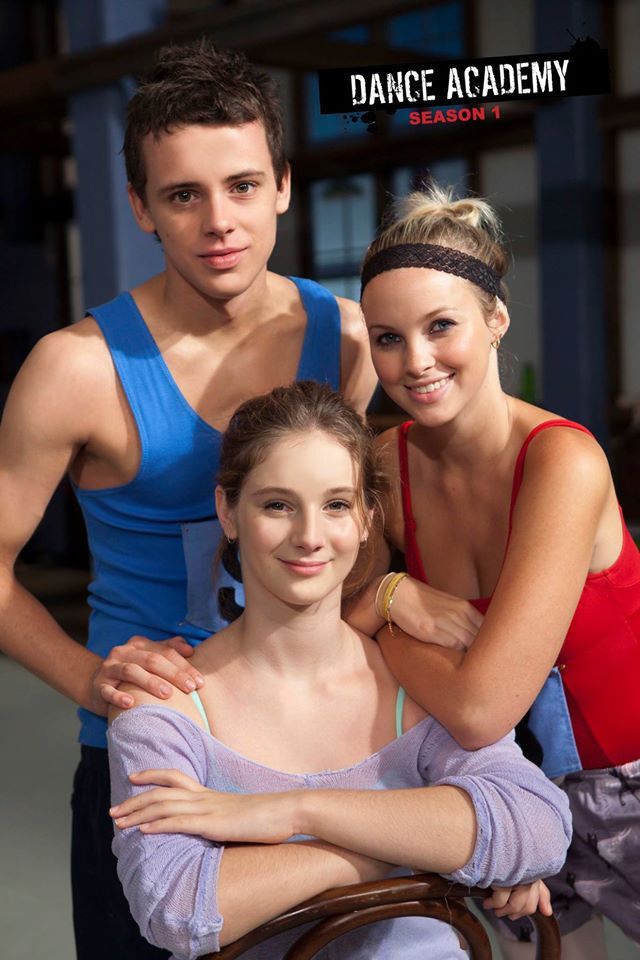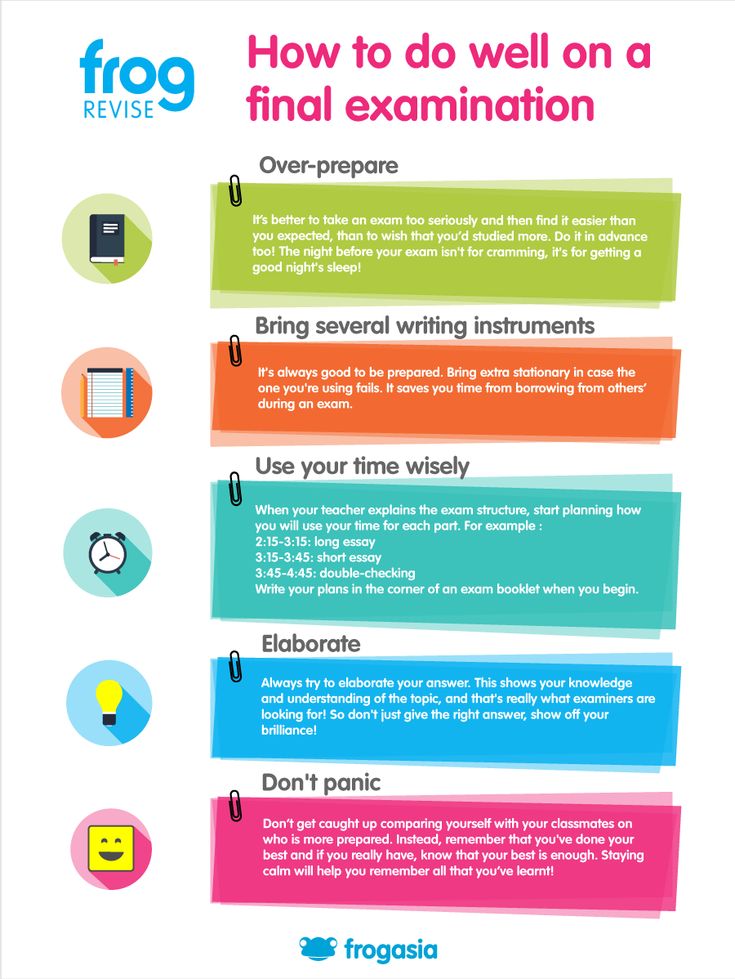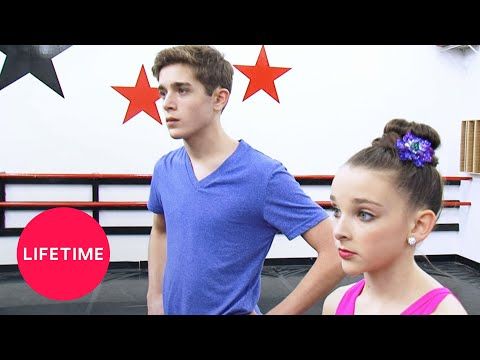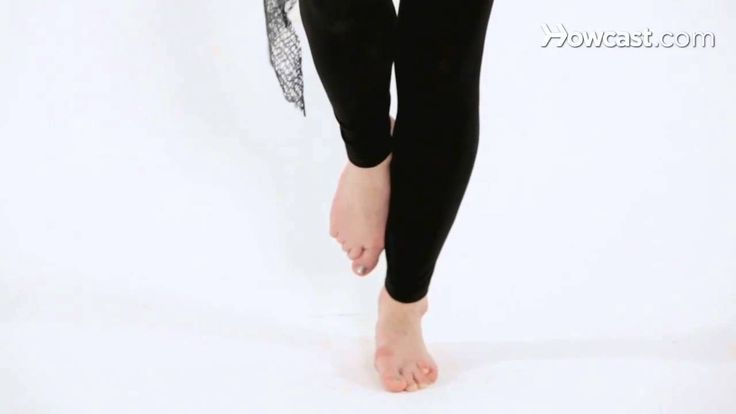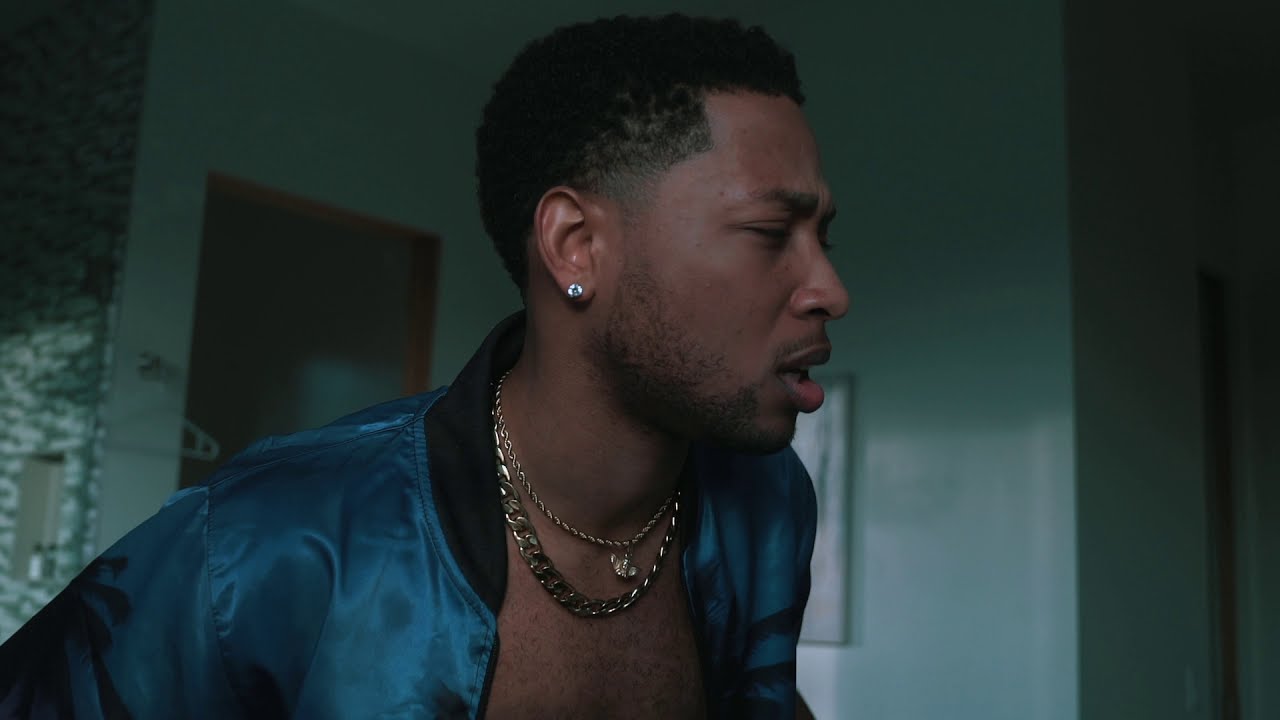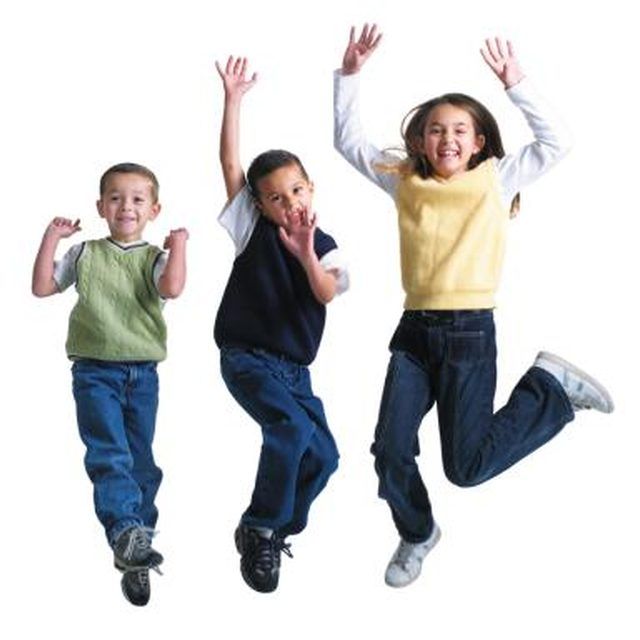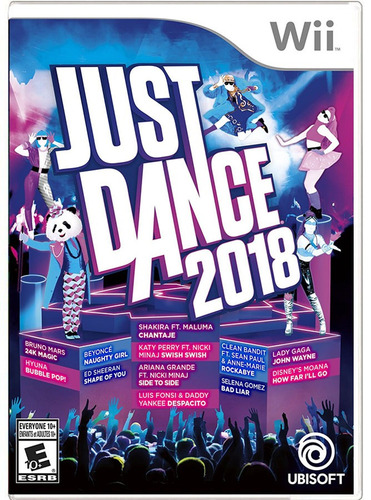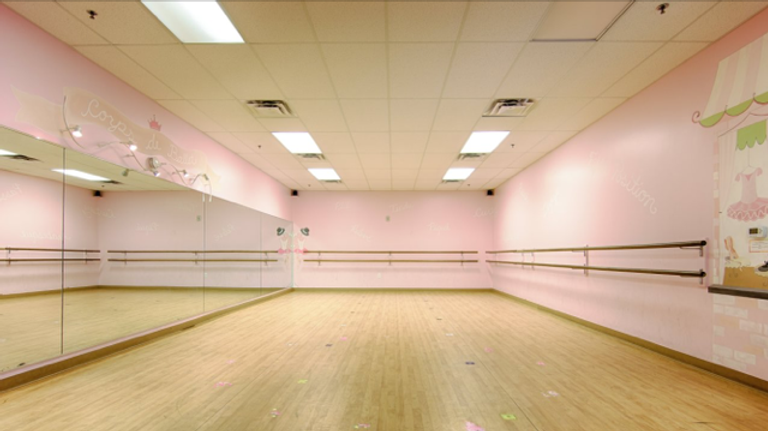How to dance light on your feet
7 Tips That Will Take Your Footwork To The Next Level
Footwork is ESSENTIAL when you dance!
If you’re not moving your feet, then you’re not utilizing your whole body to create a complete movement!
Keone, Bam, and Lyle can show you just how effective footwork can be – ON ITS OWN:
So how do we train our feet and legs to take our freestyle and choreography to the next level?
Or even just to move ‘em naturally so we don’t look so stiff?!
We’ve got 7 training tips that you should start doing today to take you from footwork.. to foot-werrrrk.
1. Know where your weight is
Let’s start with the basics – stabilizing your balance.
To do this, feel how your weight is distributed through each move.
For example, if you have to lift your left foot up, then most of your weight should be on your right foot.
Maintain a sturdy base the next time you dance and you’ll notice how much more controlled your bottom half is!
Play around with different positions, whether it’s on one foot or both, so you get comfortable with where your weight is and how to shift between them.
See Related Article: Want To Dance With More Control? Read THIS.
2. Stay on the balls of your feet
When we asked Carlo Darang for tips for his fast-moving pieces, here’s what he had to share.
"Always try to be light-footed and ready to move from one part of the floor to another!
If you dance on your toes and heels and not set everything your entire foot, then it’s kind of like jump-roping – you’ll be ready to jump from one place to another.
This skill is like a triple-threat for basketball players, or even your ready stance for football players… for us dancers, it’s the same thing, same idea – be in a position where it’s easy for you to go anywhere."
So when you’re dancing, don’t always be flat footed! Being on the balls of your feet will help you spring and rebound off the floor much more easily.
Watch him in action in his STEEZY Studio class!
Thanks for the tips, Carlo!
See Related Article: How To Execute Choreography Better By Utilizing Your Body With Carlo Darang
3. Take it high and low
Footwork doesn’t just involve your FEET.
You can utilize your LEGS to can take your body to different levels and make your changes look more drastic.
Bend your knees to dip it low (cue Christina Milian~) and releve to reach up high.
The more burn you feel in your thighs and calves, the more dynamic your dancing is. Just kidding.
But do incorporate high and low levels to jazz up your dancing!
4. Don’t be afraid of the floor
I’m one of those people that groan when the choreographer says “there’s a little bit of floorwork..”
But once I do it, I realize how awesome it is.
For starters, it trains your athleticism by taking your body out of its comfort zone of being upright.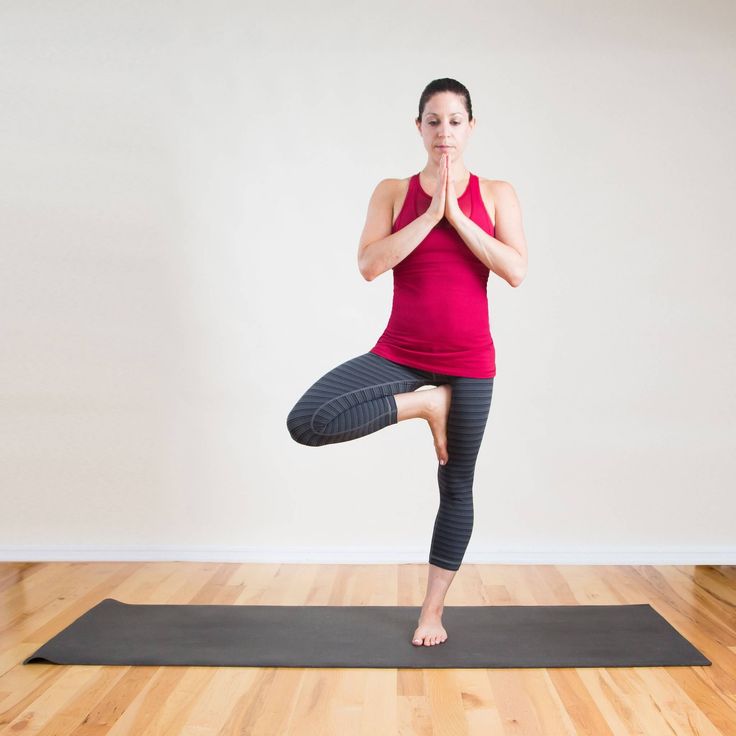
Second, it makes the piece look so much more dynamic because that whole level change to get to the floor is a chance to do something cool.
And lastly, working with the floor opens up a whole new door for creative choreography concepts!
You can use your hands to trace things on the floor, lay down flat and do some synchronized-swimming-esque leg movements, swivel around on your knees.
It’s like having a dance partner to work off of – except your partner is flat and unmoving.
For inspiration, check out how Chris Martin plays with the floor in his STEEZY Studio piece:
5. Travel!
Using your legs means that you can MOOOOVE.
Like literally. Move across the floor.
Get out of your box and use steps to travel! It’ll add another dimension to your dancing and bring the audience along with you for the ride.
When you’re choreographing, try challenging yourself for a segment to come up with a way to dance from point A to point B maybe 10 feet away.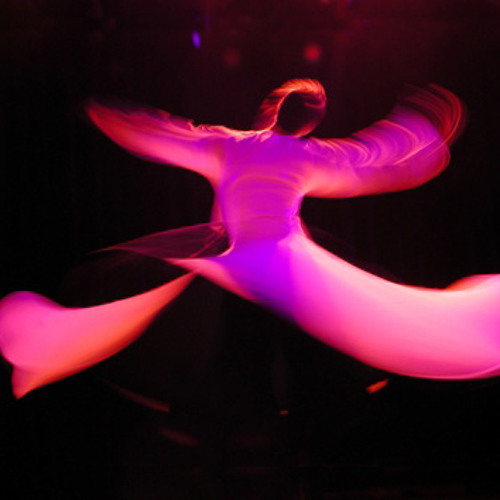
When you freestyle and feel yourself repeating the same steps you can utilize those same steps but change them in direction to travel!
6. Drill steps
Drill steps that you find in footwork-heavy styles like House and B-boying.
A big key here is repetition.
If you do the loose leg or 6-step a zillion times, then your feet are going to become conditioned to move in those combinations without you even trying.
This will also allow you to be more creative with variations of those steps!
So when you encounter a tricky step or piece of footwork, don’t just get through it but master it so you’ll be ready for next time.
7. Polish your turns
A sloppy turn can totally ruin the flow of a piece. You don’t want to clumsily jump out of a turn!
Here are some tips to make your turns clean:
Engage your core musclesImagine a line from the ceiling to your head, to your toes, to the floor.
You want to stay in that alignment as you visualize your turn – Plie for leverage, Spot!
TURN UP your piece or freestyle with some clean ass turns!
Same as any other step, turns just take a lot of repetition to master.
See Related Article: The Class You Need To Unlock Your Dancer Potential
Ready to get those feet moving? Comment below with something that helps you with your footwork!
We recommend Ray Basa, Julian Sena, Carlo Darang, or Paul Ross’ classes on STEEZY Studio to train for quicker, more dynamic footwork.
Happy (feet) learning!
How to Make Your Dancing Lighter and Breezier
Lightness is the famously elusive quality that can make a dancer seem to float on air. But as with all things dance, what looks like pure ease onstage takes an incredible amount of effort behind the scenes. “It’s the proverbial carrot that I dangle for my patients,” says Melissa Buffer, a Boston-area physical therapist who works with dancers and other performing artists. “I tell them we’re doing all these exercises and all this work, but the cumulative effect will be that aesthetic quality of lightness.”
Whether you’re striving for a fast-on-your-feet, high-jumping version or its ethereal, arm-wafting sister, we’ve gathered tips and tricks to help you achieve this mysterious but prized quality.
Explore Contrast
Keep in mind that this quality is in many ways an illusion. After all, lightness only looks light when it’s contrasted with heaviness. “If you’re just doing lightness, the audience isn’t seeing lightness,” says Elizabeth Wright, a principal dancer with the Isadora Duncan Dance Company who’s on faculty at the South Carolina Governor’s School for the Arts and Humanities. She adds that Duncan, whose name is often used as synonymous with lightness, was a master of showing that contrast. “Her dances go back and forth between heavy and light, and that makes both extremes more visible,” says Wright.
Stay Grounded
For Xiomara Reyes, the professional training division head at The Washington School of Ballet, the key to this sense of contrast is being grounded. “If you want to fly, there’s a place you need to push from,” she says. “That’s part of the groundedness, to not be stuck but have that easiness to go to what’s next.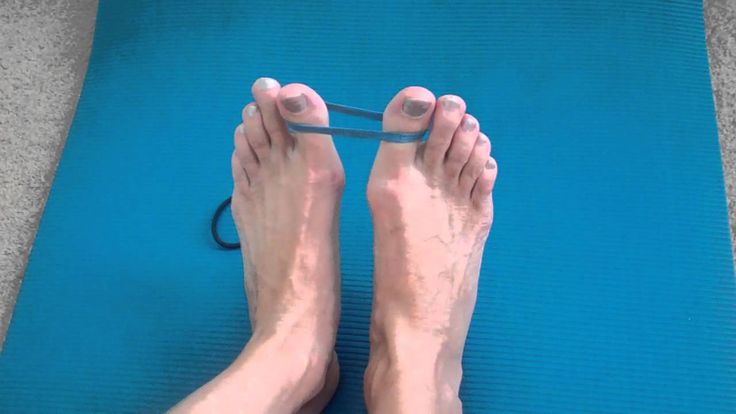 ”
”
Wright thinks of this in terms of oppositional energy. She works with her students on falls and weighted movements to help them experience the downward pull of gravity. “Once you find the strength in the legs and in the core and in the back, and that’s all coordinated, then you can lift up and move into lightness,” she says. “If you start with lightness, it’s then very hard to find that strength.”
Xiomara Reyes has students coordinate their movement with their breath.Mena Brunette, courtesy Washington School of Ballet
Strong Arms Are Light Arms
Imagine that your body is an orchestra. “The lower body tends to be more of the rhythm section,” says Wright, “and the upper body is more of the melody.” Somewhat counterintuitively, the way to achieve that melodious quality is actually through strength.
“Some dancers have this misunderstanding that strength training for the arms will make you look bulky,” says Buffer. “But arm positioning, holding their carriage correctly with endurance and without compensation, comes from better strength and control.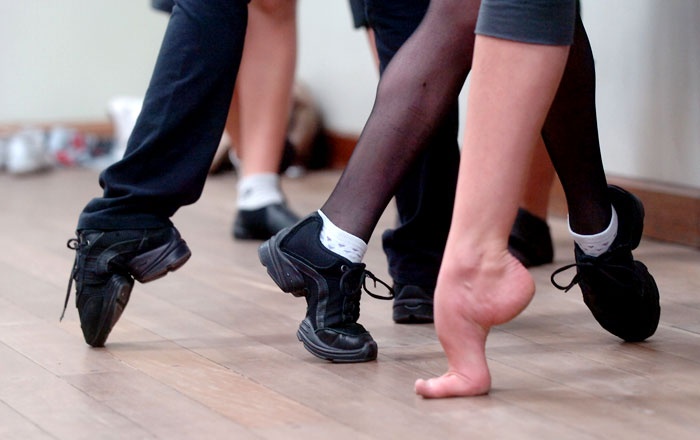 ” Buffer recommends regular old push-ups or other weight-bearing exercises to aid shoulder stability, strength and awareness. “This will manifest in a lighter arm and a lighter hand,” she adds.
” Buffer recommends regular old push-ups or other weight-bearing exercises to aid shoulder stability, strength and awareness. “This will manifest in a lighter arm and a lighter hand,” she adds.
Once you have the freedom to hold your arms up with ease, Reyes relies on softening the elbow as you exhale during preparations to create a sense of lightness. “Your port de bras should lead from the elbow,” she says, adding that this achieves a look of the whole body being synchronously in motion rather than the arms moving on their own.
Learn to Float
One of the main areas where dancers strive for a sense of lightness is jumping. Although this quality looks like it’s achieved from jumping higher, Reyes believes it’s actually more about creating the appearance of staying in the air for longer. She helps her students achieve this seemingly impossible goal by telling them to coordinate the breath with the jump: inhaling while jumping, holding for a moment in the air, and then exhaling while landing. “Have a clear picture in mind of the position that you want to hit, and then take a little breath in that position, like someone’s taking a picture
“Have a clear picture in mind of the position that you want to hit, and then take a little breath in that position, like someone’s taking a picture
of you,” she says, adding that a soft landing utilizing plié and
not immediately dropping the arms on touchdown are also key.
Buffer sometimes has dancers hold small weights and try jumping. “It’s so simple,” she says. “Once they put the weight down and try to jump again, they’re going to feel really light.”
Melissa Buffer uses strength-training to build lightness.Courtesy Buffer
Breathe Through It
In order to steer dancers away from the “grippy” areas—clenched hands, tense jaw, held quads—that deter from a sense of lightness, Buffer works with her clients on breath control and core coordination. She sees gripping as a telltale sign of core weakness; since she believes that a good cardio-vascular system and a strong core go hand in hand, she focuses on breathing exercises that target the relationship between the pelvic floor and the diaphragm.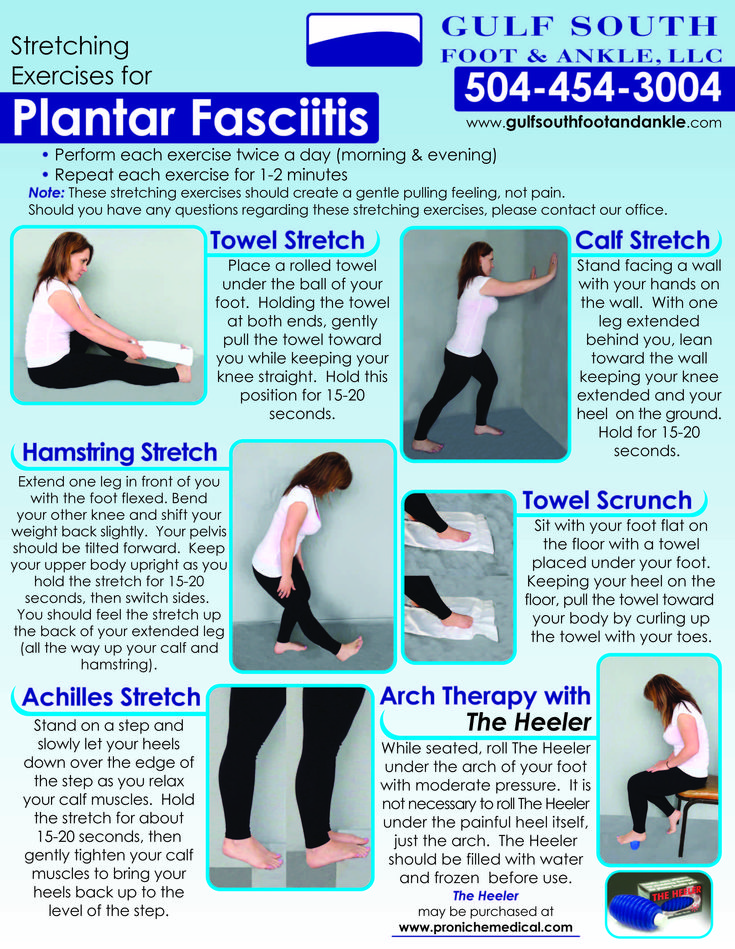
In one exercise, she’ll put a TheraBand around a dancer’s lower ribs, and cue them to expand their ribs on the inhale while consciously relaxing the pelvic floor. On the exhale, they’ll engage the pelvic floor and release the diaphragm. “It’s like watching paint dry, but it’s effective,” she says. “If someone has a better use of their breath and the pressure management of their body, that gives us a better sense of ease and lightness.”
Similarly, Reyes has seen some dancers try to achieve lightness by holding their breath and not using their pliés. Instead, she says, it’s the exhalation that allows for greater freedom. She gives her dancers mindfulness exercises to practice this quality. One has them visualize breathing in the energy of the earth and consciously feeling the sensation of their feet on the floor while feeling spacious. “You keep pulling the breath up, swirling it around, and use the power of your imagination to create a flow in energy, moving past the frozen spots in your body,” she says.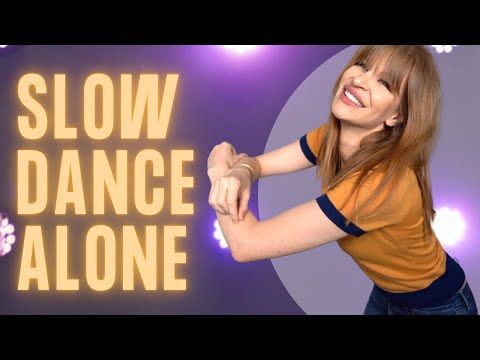 “When dancers are using their breath onstage, you can feel yourself dancing with them. That easiness makes it feel like they’re riding a wave.”
“When dancers are using their breath onstage, you can feel yourself dancing with them. That easiness makes it feel like they’re riding a wave.”
Teachers:
For tips on helping your students find lightness, visit dance-teacher.com.
How to learn to dance shuffle - Lifehacker
December 15, 2019LikbezSports and Fitness
Master the basic movements, and then improvise and get high.
Iya Zorina
Author of Lifehacker, athlete, CCM
Share
0This dance style includes a lot of freedom and improvisation. That is why he is so good. You can master the basic movements in a couple of hours, and then complicate them to infinity and combine them with each other, create your own combinations and spy on others.
Dance in sneakers, socks or barefoot, in any outfit, anywhere.
Master the basic movements of the shuffle
In this style, you do all the basic movements with your feet, the hands most often move freely - according to the heart.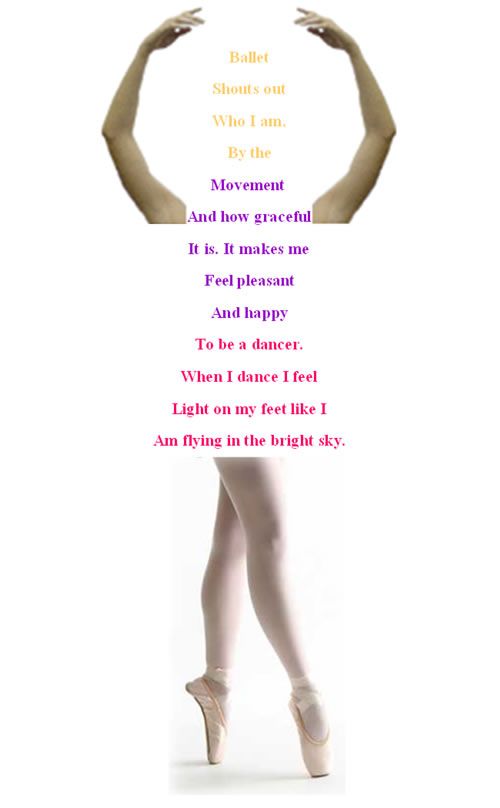
Running man
This is the most basic and essential shuffle movement. You can do it in three different ways.
Full foot
The movement begins by bending the knee and lifting one leg. Next, you need to simultaneously put both legs - supporting and raised - at a distance of one step from each other.
The raised leg is placed forward on a full foot, the standing one behind slips back on the ball of the foot and remains on it - the heel is not placed on the floor. The weight is evenly distributed between the two legs.
After that, it remains to return to the starting position. To do this, the front leg slides back, and at the same time, the back leg is pulled up. You find yourself in the starting position and repeat the cycle. The movement itself is soft and springy: do not stick into the floor, keep your legs relaxed.
Heel
This is a lighter and faster running man look that may be needed for some combinations. Here you put your foot not on the whole foot, but on the heel.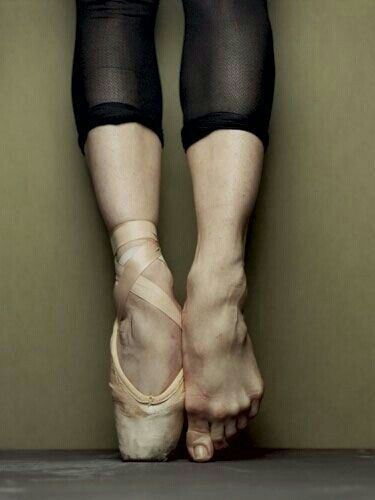 At the same time, the one standing behind remains on the toe.
At the same time, the one standing behind remains on the toe.
On pads
In this variation, the foot is placed forward on the pad. At the same time, the one standing behind also remains on the ball of the foot, and the body leans slightly back.
T‑step
In this movement, one foot constantly makes a “herringbone” - turns the heel in and out - and the second touches the floor and immediately rises back.
When the heel of the skating leg turns inward, the toe of the other leg touches the floor; when outward, the other leg rises, turning the knee inward.
It turns out two positions: closed - when the legs are wrapped with the knees inward, and one leg is raised, and open - when the legs are turned out with the knees outward, and the toe touches the floor. Practice doing the T-step in both directions: slowly at first, then with acceleration.
Rocking
You jump on one foot, and the other touches the floor in different places: on the side of the supporting leg, across, behind - anywhere you want. You can put your foot on the toe or on the heel - the latter is called a kick. The supporting leg can simply rise low or perform a T-step - move the heel out and in.
You can put your foot on the toe or on the heel - the latter is called a kick. The supporting leg can simply rise low or perform a T-step - move the heel out and in.
Charleston
To begin, you turn your knees and toes inward and lift one leg. Then turn your toes and knees outward, and put your raised leg forward crosswise. Repeat the same with the other leg.
All movement occurs on the balls of the feet, the heels do not fall to the floor. You can move both forward and backward.
Diamond
First you put your feet crosswise with your toes outward with a jump, then you also spread your legs apart with a jump.
Slides
One leg is straight, stands on the whole foot, the other is with a bent knee on the pad. Leaning on the pad, you slip the foot of a straight leg back, as if wiping the sole on the floor.
Immediately after the slip, you turn around. In the turn, the straight leg bends and goes to the pad, and the one that was on the pad, on the contrary, turns on the heel.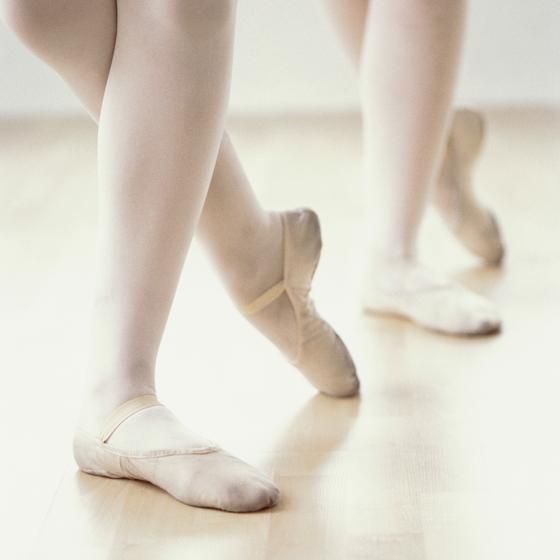 After that, it remains only to change legs and move in the same way in the other direction.
After that, it remains only to change legs and move in the same way in the other direction.
Scissors
From the starting position - standing with a raised leg, as in Running man - you turn your hips to the side with a jump and put your legs crosswise.
The front foot is on the heel, the back foot is on the ball. Then you jump back to the starting position and do the same on the other side.
Sidekick
From the starting position, you turn your hips to the side with a jump and spread your legs a step apart from each other. The standing foot in front is placed on the heel, the standing one behind remains on the pillow. Then, with a jump, you collect your legs and do the same on the other side.
Try other variations of the basic shuffle movements
You can perform the basic movements in different directions: forward and backward, turning around. This will give you more freedom to improvise.
Variations Running man
Do several times in place and then turn around. You can also try walking this way to the side. Each time the leg will need to be placed slightly crossed in order to slowly move to the side.
You can also try walking this way to the side. Each time the leg will need to be placed slightly crossed in order to slowly move to the side.
Variations T‑step
You can lower your foot on the toe, on the whole foot, touch the floor to the side of the supporting leg or forward and behind it.
You can also keep the other leg off the floor at all - leave it on the toe and turn the knee in and out.
Variations Diamond
Here one more element is added to the movement – the heel strike. In the starting position, you wrap the toes of the feet and knees inward, and then jump on the heels, turning the socks to the sides.
From this position, without jumping, you turn your toes and knees inward, cross your legs with a jump, turning your feet with your toes outward, and then return to the starting position.
Charleston Variations
After three turns of the Charleston, turn both toes in one direction and then in the other.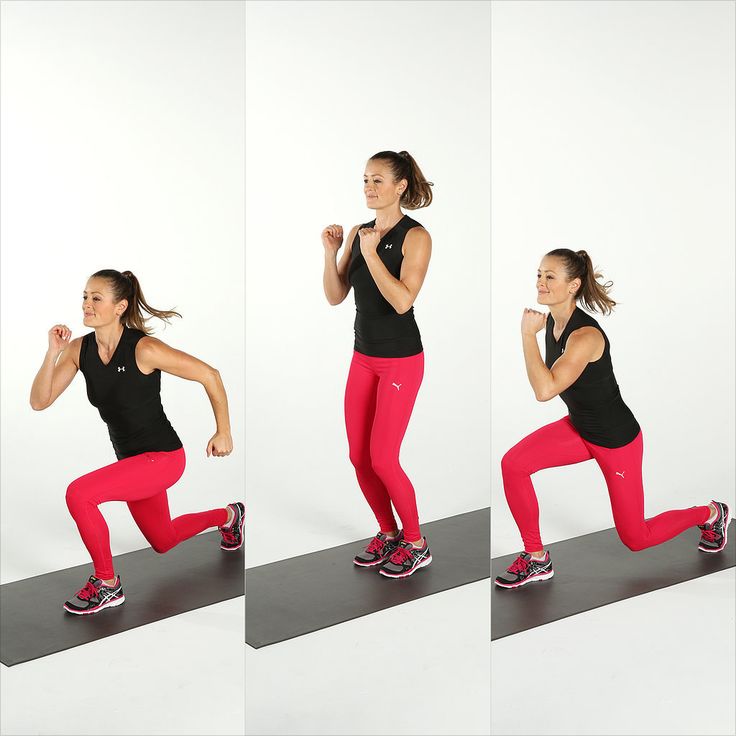 At the end, you can turn the knee to the side.
At the end, you can turn the knee to the side.
Connect familiar shuffle moves
While you lack the skills to move freely and come up with something of your own, learn a few combinations. They contain interesting movements that will replenish your dance vocabulary.
Combination 1
This is a simple combination of two basic movements - Running man and T-step. First take five Running man steps, then four T-steps to the side and repeat the same in the opposite direction.
Combination 2
Another combination of two basic movements. Here you do three Running mans, then one T‑step with a back foot touch, and two front heel touch kicks. The same on the other side.
Combination 3
There are no standard steps here, but there are already familiar Sidekick and transition from heels to toes.
Learn more difficult combinations
We will add some videos with good combinations.
1. Cool video for beginners: movements are repeated in slow motion to make it easier to dance to the music.
2. And here the combination is analyzed step by step in slow motion, dividing it into three parts. Very comfortably. Look for more on this channel, there are several such analyzes.
3. There is no slowdown here, just a great combination. But you already know almost all the movements, so you can figure it out. If something is not clear, watch the video at a speed of 0.25.
Pick up the music and improvise
Surely you have favorite songs to shuffle to. Include them and start with basic movements: just do the Running man and periodically add different elements when you want. Move in different directions, relax and have fun.
Move in different directions, relax and have fun.
If you don't have favorite tracks, try our selection.
I must say that the shuffle is an amazing cardio workout. In just a couple of tracks, you will be out of breath and sweat, like after a run, but you will feel absolutely happy!
What's more, if you have to force yourself to keep going while running, shuffle requires you to have the willpower to stop and not dance. As a bonus - a short video from a beginner after a couple of hours of practice.
Shuffle is cool!
Read also 🕺💃🤸♀️
- Dancing as a sport: choosing the right direction
- Dance and movement therapy: how to know and change yourself through movement
- How to learn to dance: video lessons for those who are not afraid to try
- How to learn street dancing without leaving home
- Zumba is a fun way to lose weight for those who love dancing
*Activity of Meta Platforms Inc.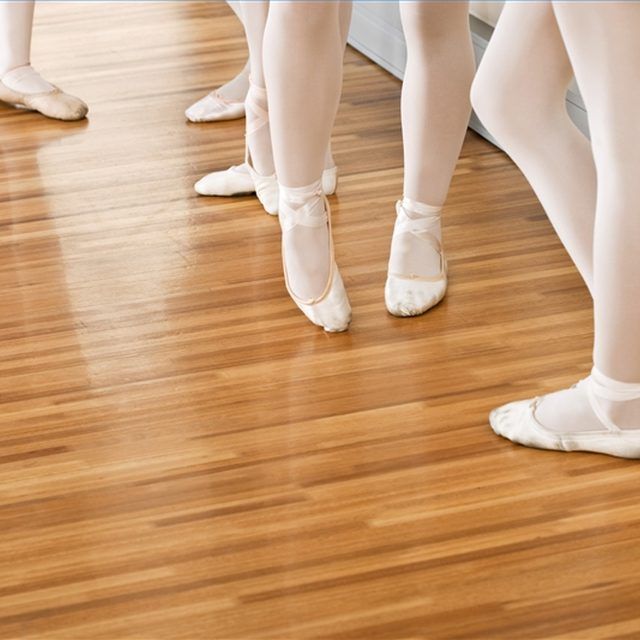 and its social networks Facebook and Instagram are prohibited in the territory of the Russian Federation.
and its social networks Facebook and Instagram are prohibited in the territory of the Russian Federation.
How to learn to shuffle at home
Details on how to learn to shuffle
Contents
- 1 Video:
- 2 Running Man
- 3 Tips
Video:
We will describe the movements using the example of three main approaches.
This is a dance style that takes its roots from the Melbourne Shuffle. This club fun dance appeared in the eighties. It happened at a music festival in Australia, in Melbourne.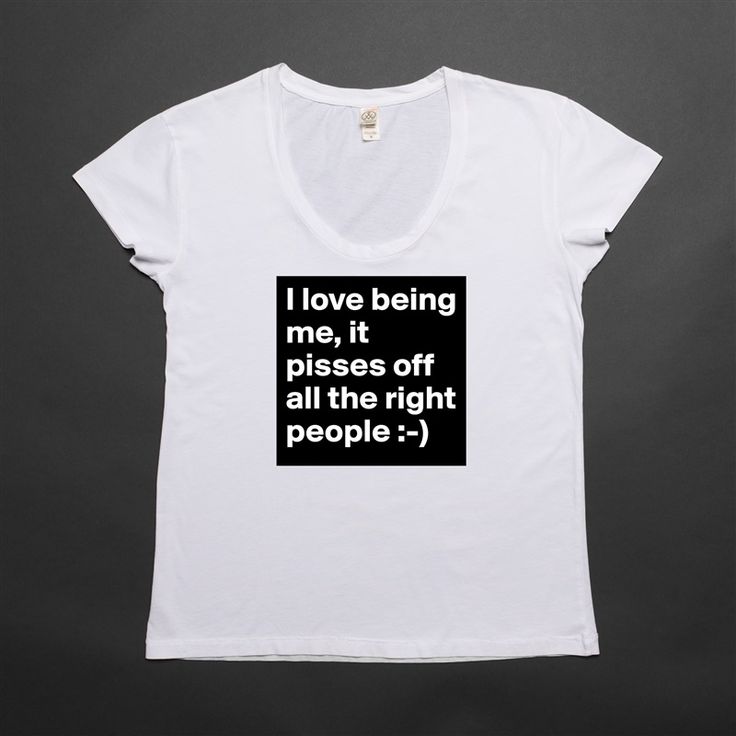
First of all, in order to understand how to learn how to dance the shuffle, you should know that its essence lies in the rapid movement from heel to toe. It is most convenient to perform this dance to electronic music.
Modern shuffle is largely due to the LMFAO video for the song Party Rock Anthem. To study this direction, it is necessary to master the movements "running man" and "step". Links between the specified elements are also important.
Let's move on to the first solution to the question of how to learn to dance shuffle at home. So, we stand straight, spread our legs, the distance between them should be 0.3 meters.
This is the starting position of the "Step". Raise the right leg up. Move the left one inward.
Raise it by 15 cm. As a result of the movement, the leg should move away from the body. To do this, raise the knee up, and then inward.
Move the left foot so that the toes point to the middle. Raise it up at the same time.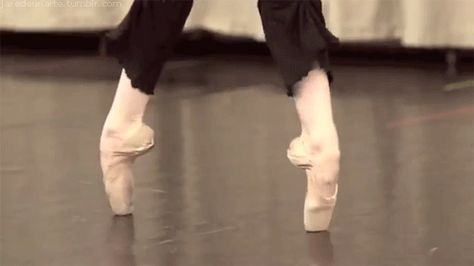 Next, move the right leg down.
Next, move the right leg down.
The running man
Let's move on to the next method of solving the question of how to learn to shuffle. We put the right foot in front. Leave the left one on the ground.
Lightly touch the ground with the toes of the right foot. Then we pick it up. We stretch.
Raise the leg up 15 cm. Slide back. This must be done on the left leg.
The right one must be raised. The next step is to put it on the surface. Now we move with the left foot.
Put her on her toes. This makes it easier to pick it up during the next step. We repeat the described steps with the other leg.
There is another way to learn how to shuffle. We make the transition between the "step" and "running man".
It's easy. In one of the parties we make the movement "step", in the other - "running man". We take five steps to the left.
Lowering the leg for the last time. We turn forward 90 degrees. We use the leg as a leader for the "running man".
We do this movement in place. It can also be done in a circle. However, this requires additional skills.
Then put both feet on the ground. We lift one of them up. Let's start taking a step.
You can use this trick to move both forward and backward. Next, we proceed to the movement of the "running man".
We start it on the spot or in a circle. Turn left 90 degrees. We start moving.
Move from left to right. At the same time, we repeat the elements of the “step” movement. As a result, both legs should be in the "running man" position.
Raise one of the legs. We use it for the movement "step". We are moving in her direction.
We alternate movements. Let's take a few steps. We turn around.
Let's start with the "running man". We do this move twice. Let's switch to step.
We repeat it several times. We return to the first movement. You can highlight one of the elements.
Let's start the "step". We do the "running man" several times.
